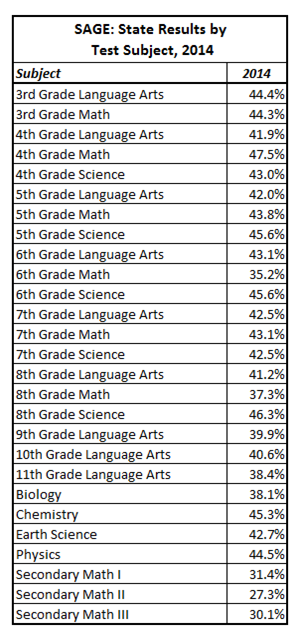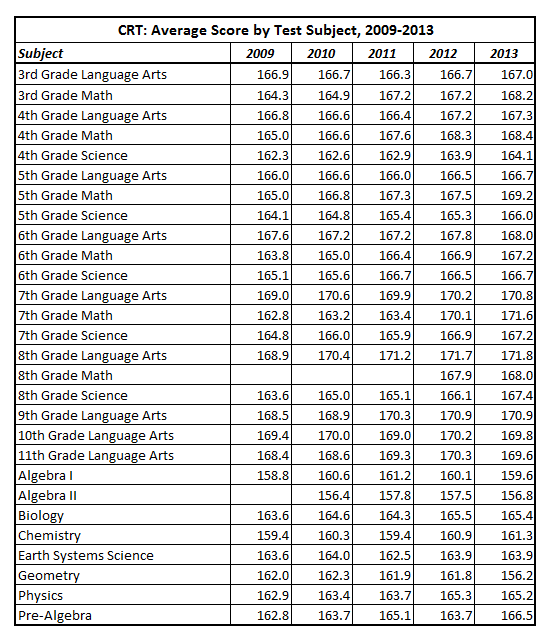The Utah State Office of Education (USOE) functions as support staff to the State Board of Education and the State Superintendent of Public Instruction. The USOE provides information relating to public education policy, procedure and program implementation. Staff at USOE provides statewide service, support, and direction to local school districts and charter schools.
The State Board of Education appoints a State Superintendent of Public Instruction to act as the executive officer of the Board. The Superintendent administers all programs assigned to the State Board of Education. Specifically, the Superintendent acts as a liaison with the Legislature and state and federal agencies, coordinates functions between the State Board of Education and the State Charter School Board, works with higher education on various education issues, and, following Legislative appropriations, provides authorized direction for policy and budget matters.
In addition to the State Board of Education and the State Superintendent, the state office of education houses several operating sections whose work represents the costs associated with the state administration of public education:
- Board and Administration;
- Educational Equity;
- Assessment and Accountability;
- Business Services;
- Career and Technical Education;
- District Computer Services;
- Educational Technology;
- Federal Elementary and Secondary Education Act;
- Law and Legislation;
- Math Teacher Training;
- Public Relations;
- School Trust;
- Special Education;
- Teaching and Learning; and
- Student Achievement.
During the 2012 General Session, the Legislature increased the number of appropriation units from four to 13 as a way to increase understanding and transparency.
Prior to FY 2009, the State Office of Education operated two internal service funds (ISFs), State Board of Education ISF and Superintendent Indirect Cost Pool, that were used to support USOE's internal operations. Both of these have now been dissolved as separate appropriation categories.
During the 2015 General Session, the Legislature appropriated for Fiscal Year 2016, $389,657,600 from all sources for State Office of Education. This is a 0.8 percent increase from Fiscal Year 2015 revised estimated amounts from all sources. The total includes $35,138,300 from the General/Education Funds, an increase of 8.1 percent from revised Fiscal Year 2015 estimates.
In addition to statewide compensation and internal service fund cost increases, the following appropriation adjustments were made during the 2015 General Session:
SAGE: State Results by Test Subject, 2014
Beginning in 2014, Student Assessment Growth and Excellence (SAGE) tests are required for all Utah students. SAGE tests are computer-adaptive, meaning that if a student selects the wrong answer, their question will be easier. And if a student answers correctly, their next question will be more difficult until a student reaches their cognitive ability. Every student that takes a SAGE test will have different questions based on their strengths and weaknesses. SAGE meets Utah's new core standards. Below are statewide results for SAGE by test subject.

CRT: Average Score by Test Subject, 2009-2013
Prior to 2014, the State Office of Education used criterion-referenced test (CRT) scores as indicators of student success. CRTs were multiple choice, fixed assessments that are taken on a computer. A fixed assessment means that every student in the same grade has the same questions. CRTs measure old core standards and are mostly recall for students.

CRT and SAGE scores cannot be compared as they measure different standards and have different expectations for student achievement. CRTs and SAGE measure the proficiency of the student in regards to the core standards. Because the new standards are focused on college and career readiness, SAGE proficiency requires a much higher standard of achievement.
The State Office of Education (USOE) does not have statutory language creating the office. However, state level administration of the public education system is detailed throughout statute, with certain statutes refering to the USOE, requiring reports from USOE, specifically directing USOE functions, or providing for USOE administration of certain education programs.
The state level education administration statutes are in UCA Title 53A, Chapter 1. Each subsequent Statutory Authority section in this chapter provides highlights of major statutes detailing office functions or specific programs within USOE sections.
The appointment, duties, and responsibilities of the State Superintendent can be found in the following statutes:
- UCA 53A-1-301: Provides guidelines for the appointment of the State Superintendent of Public Instruction and outlines the qualifications and duties of the Superintendent.
- UCA 53A-1-303: Directs the State Superintendent to give advice and provide opinions to local school boards, superintendents, and other school officers on public education matters.
The USOE acts as the fiscal agent for most federal programs and grants administered by the U.S. Department of Education. The federal funding of certain education programs at the local level flows through the USOE.
The year end FY 2012 balance is $500,000 more than the FY 2013 beginning balance because $500,000 was used during the fourth special session of the 2012 Legislative Session to balance the $25 million State Board calculation error regarding WPUs (SB 4003, 2012 Fourth Special Session).
Special Funds
The State Office of Education receives revenue from four restricted sources.
- Funds received from the General Fund--Substance Abuse Prevention account support substance abuse prevention and education programs in the schools.
- The Uniform School Fund--Professional Practices restricted revenue supports the processing of teacher licenses and the Utah Professional Practices Advisory Commission (now done in the Educator Licensing line-item).
- The Uniform School Fund--Interest and Dividends revenue comes from the investment of monies in the permanent State School Fund and any interest on account monies. Funds from this account are used at USOE to administer the School LAND Trust Program. The majority of funds from this account are distributed to school districts and charter schools through the Minimum School Program.
- The General Fund Restricted--Land Exchange Distribution Account was created by House Bill 134 from the 2007 General Session. According to statute, monies are set aside for "education research and experimentation in the use of staff and facilities designed to improve the quality of education in Utah."
COBI contains unaudited data as presented to the Legislature by state agencies at the time of publication. For audited financial data see the State of Utah's Comprehensive Annual Financial Reports.